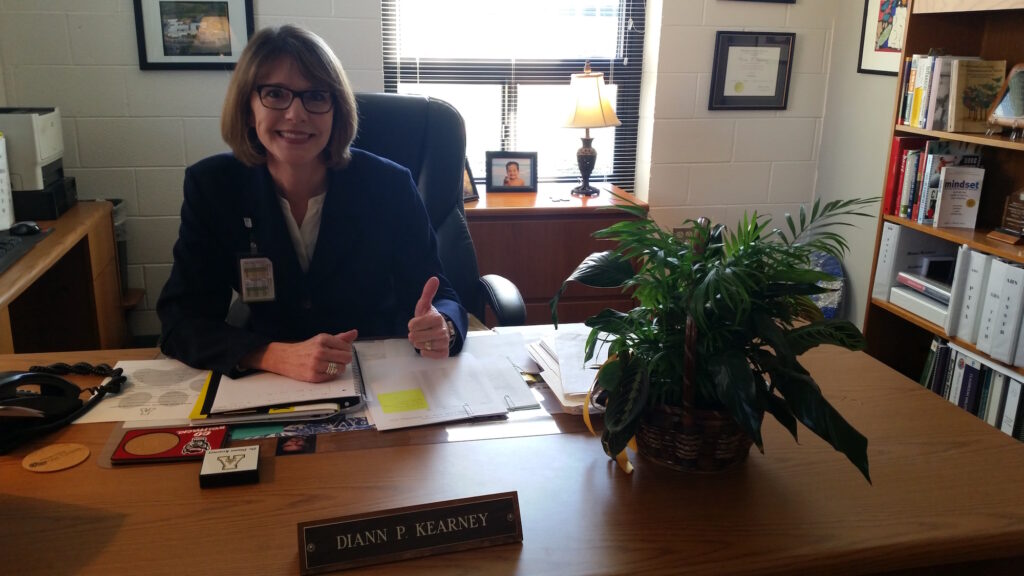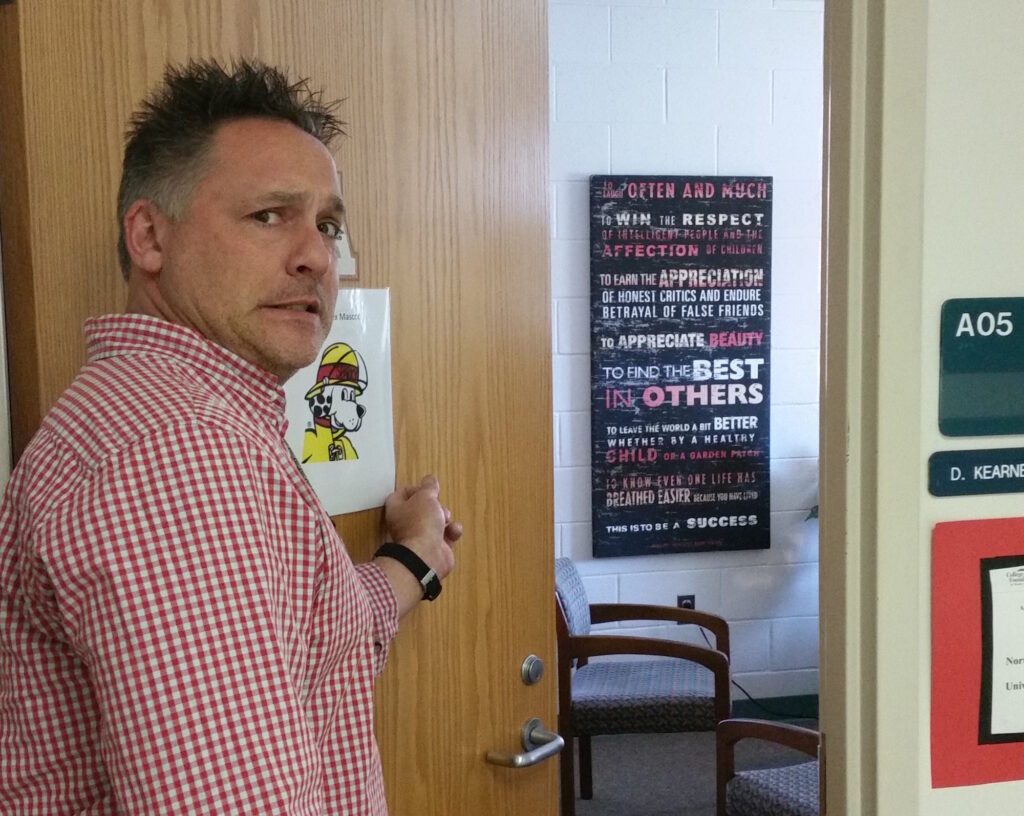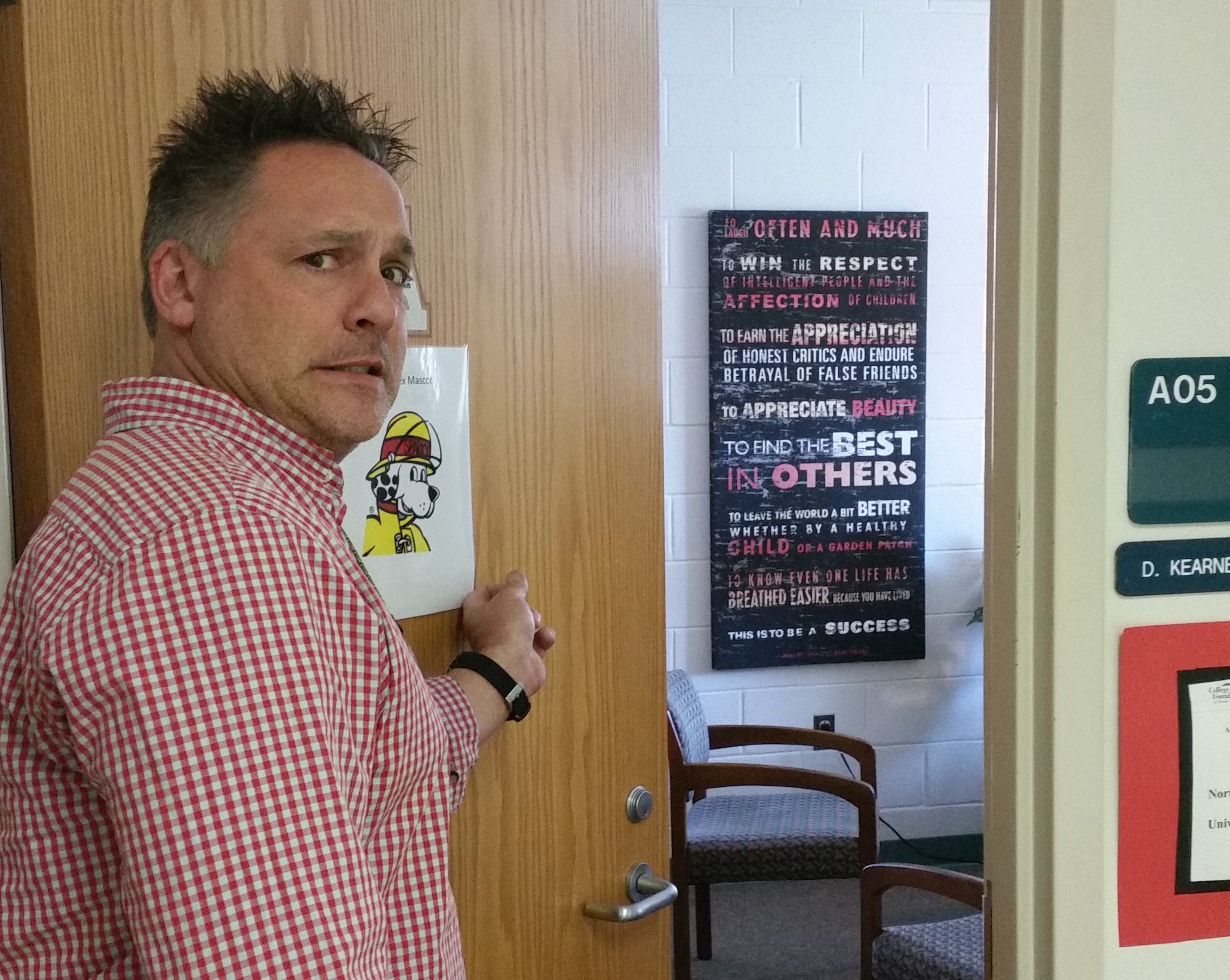As art teachers, we are often alone, the only ones in the building who do what we do. Frequently, the people in our schools making decisions don’t have the same perspectives as we do. This can lead to policies and procedures that aren’t a good fit for us, like classes with 35 kindergarteners or a $100 supply budget. Things that can be easily overlooked by those who’ve never taught art (like the amount of time in between classes or the feasibility of maintaining separate behaviors charts for 700 students) can really make a difference in job satisfaction.
When policy or procedural decisions affect your ability to teach, the only way to make it better is to advocate for yourself.

In a school, the person we see when things need fixing is often our principal. Diann Kearney, the principal of Apex High School, advises, “I encourage solution-based dialogue or discussion.” She adds when teachers come to her with an issue it works best if they are open to discussion or already have possible solutions in mind. It can be challenging for principals to help if teachers just want to complain. In other words, says Dr. Kearney, “Don’t throw up on my shoes.”
How to Advocate for Yourself in 4 Steps
1. Develop Solutions
When you notice an issue, your first instinct may be to complain about what’s wrong. While this approach often makes you feel better temporarily, it likely won’t solve any problems. Avoid going right to your administration to vent. Instead, start thinking about possible solutions. It helps to look at issues through the lens of what’s best for students. Ask yourself:
- How is this affecting student learning?
- Is there something that would work better for kids?
Use your ideas to formulate a plan for a policy that will work for everyone. Wait to talk to your principal until you have some clear ideas about what a solution could look like.
2. Find Power in Numbers
Who in your building or county shares the same concerns you do? Finding and teaming up with these people will add power to your message and weight to your voice. Once you’ve found some like-minded people, a great next step is to form a PLT (Professional Learning Team) where you can discuss concerns and develop solutions.

3. Speak Up
One you have a solution developed and others involved it’s time to share your message with your principal. Ask for a meeting and have what you want to say planned in advance. Be objective as you speak, and keep the focus on the impact the issue has on students.
4. Get Involved.
Of course, avoiding problems in the first place is much better than fixing them. The best way to avoid policy decisions that don’t work for your program is to be part of making the decision. Join your school’s Leadership committee, or volunteer to help on the PBIS Team. Sure, participating like this requires time, but the payoff – having a say in policies that affect you – is well worth it.
Most school policy problems have solutions if you approach them the right way. Following these steps can go a long way toward bringing your perspective to the table.
Have you ever had to deal with a policy nightmare? How did you resolve it?
What is your best tip for problem-solving with your administrative team?
Magazine articles and podcasts are opinions of professional education contributors and do not necessarily represent the position of the Art of Education University (AOEU) or its academic offerings. Contributors use terms in the way they are most often talked about in the scope of their educational experiences.





